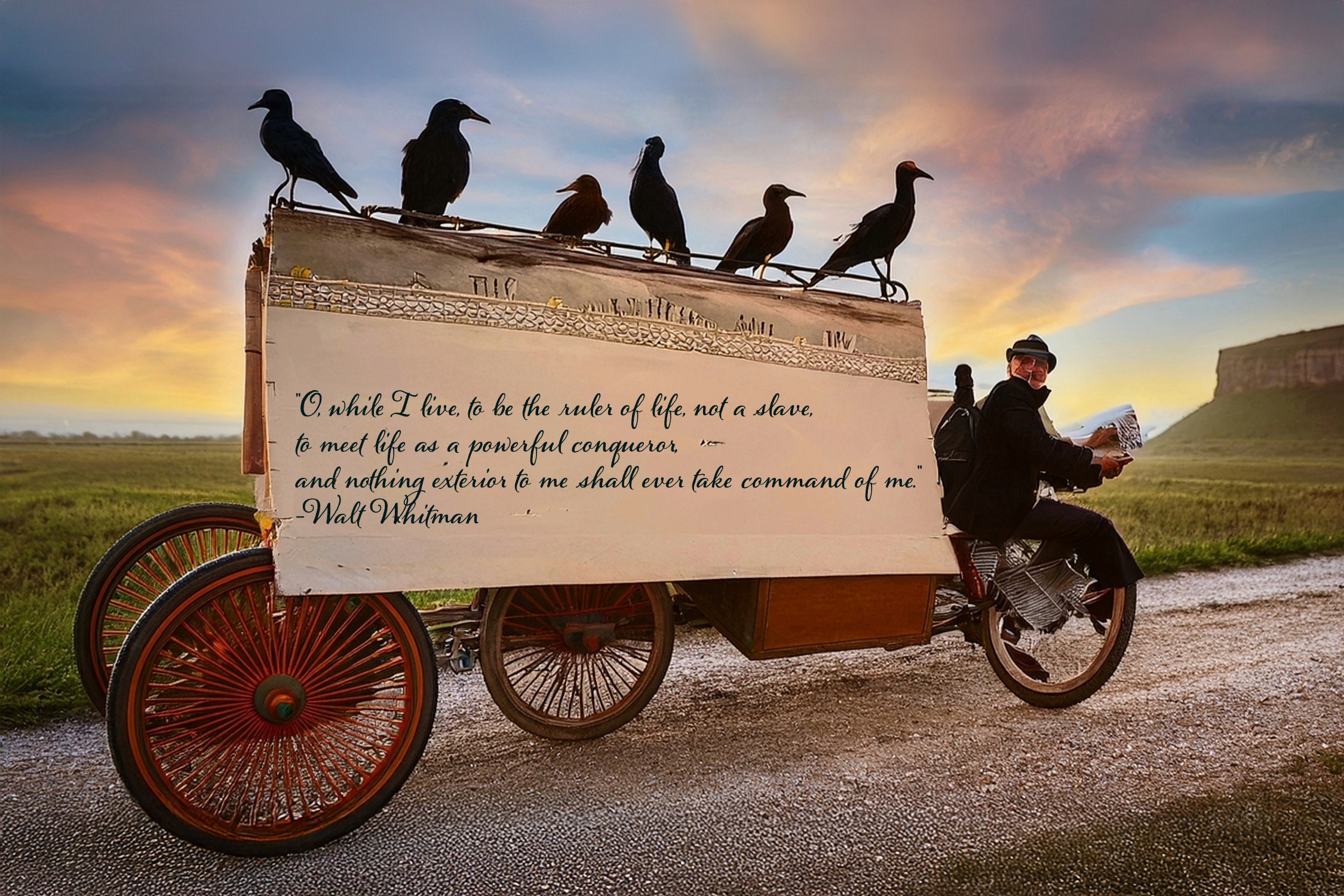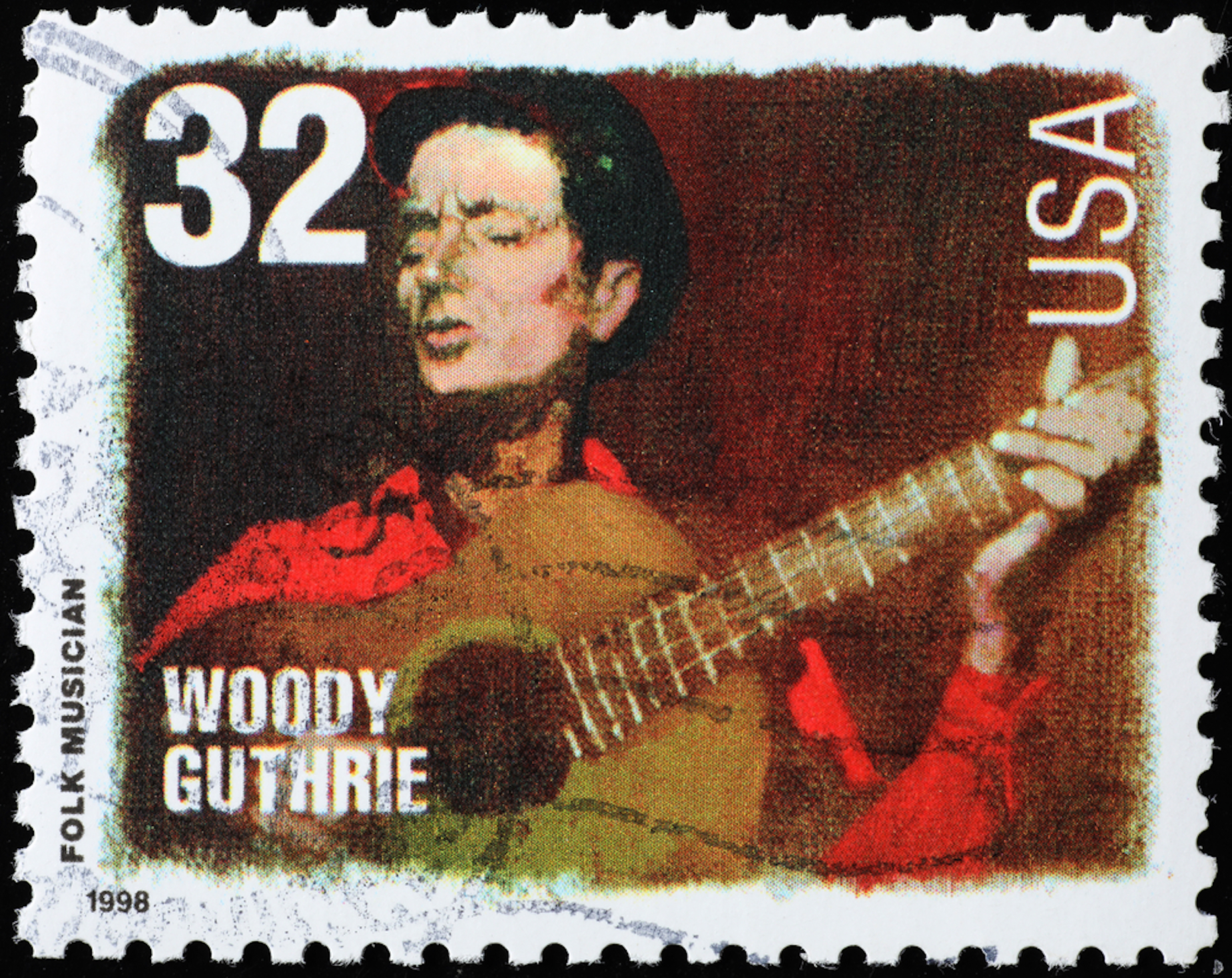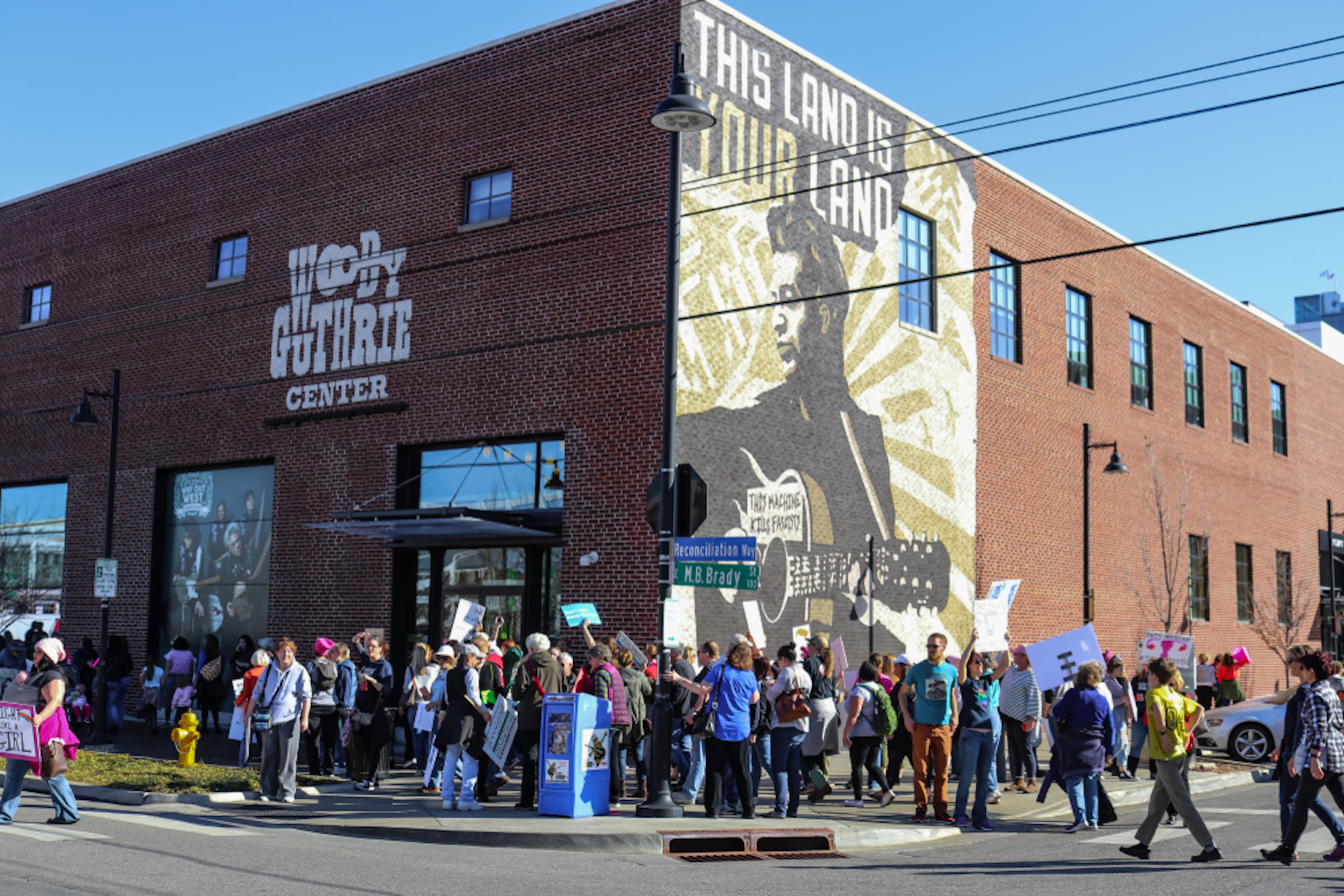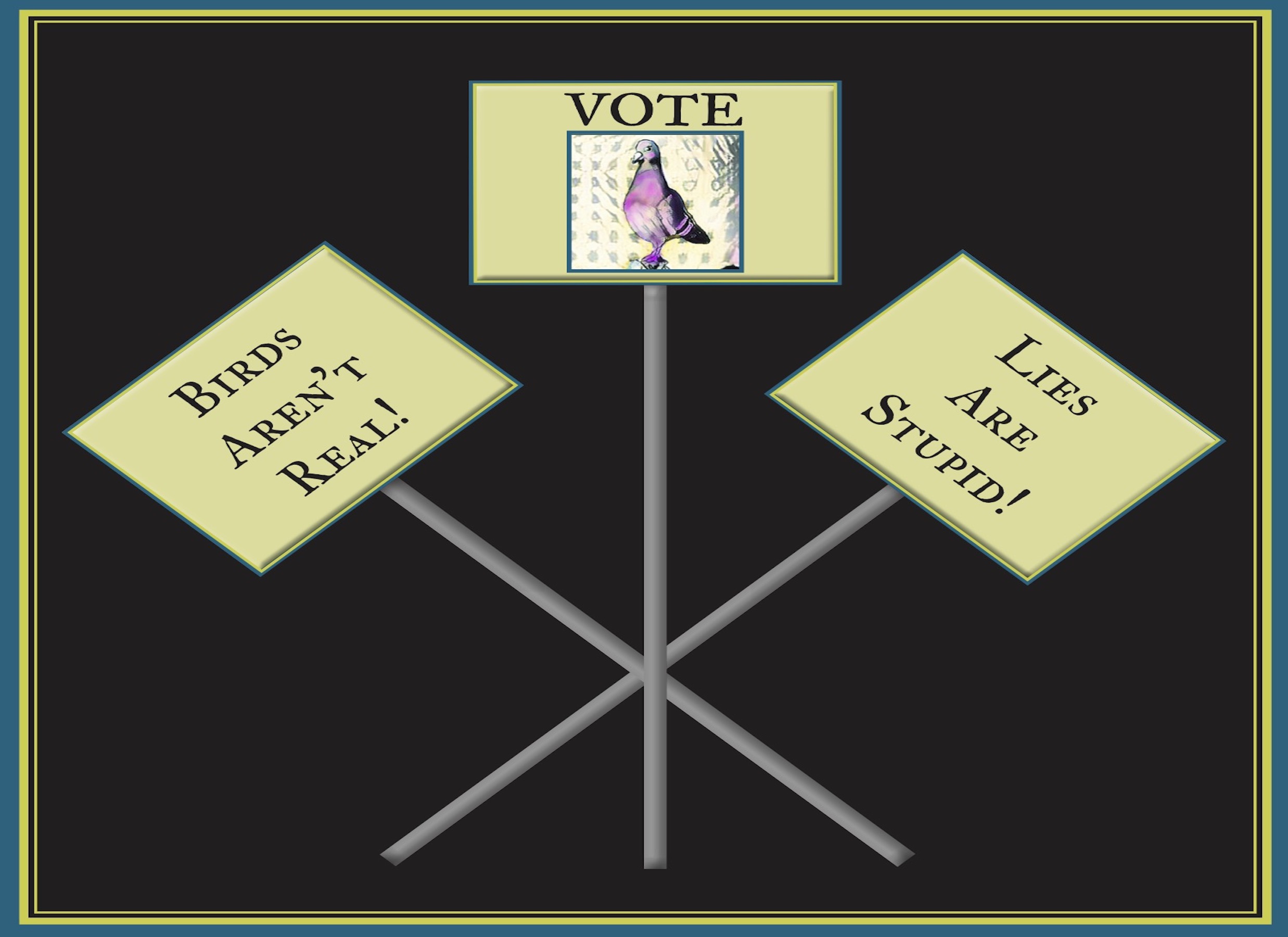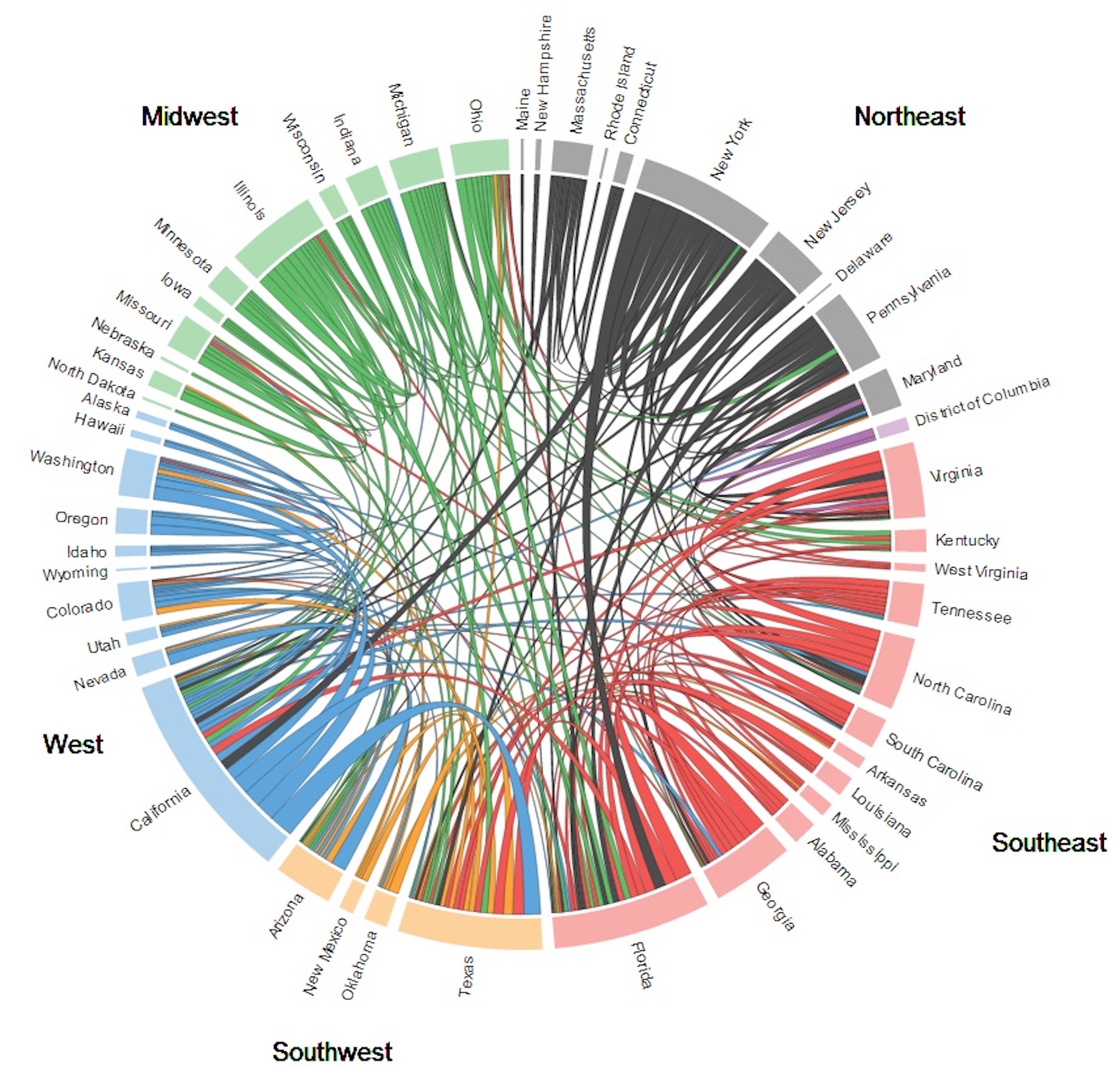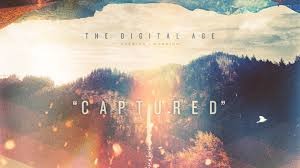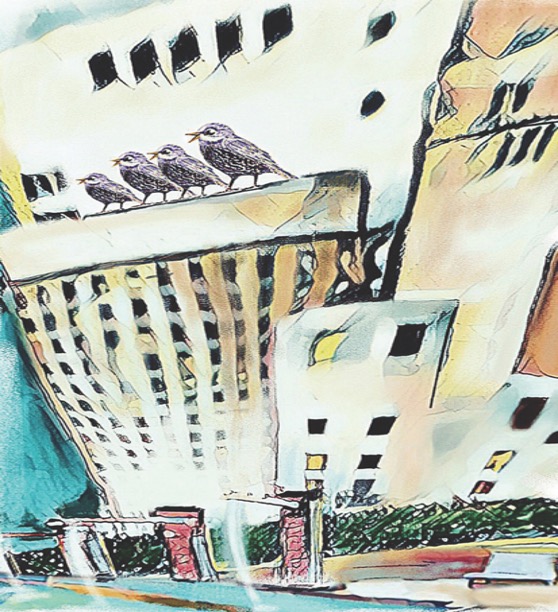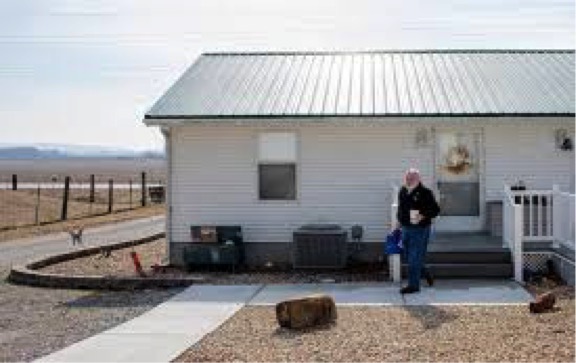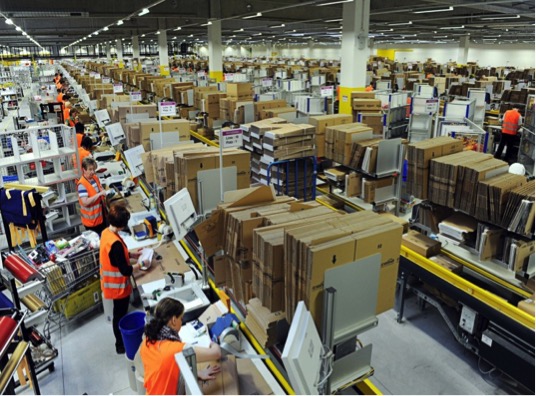- Credits:
- for digital preservation photo: www.digitalbevaring.dk
Helen’s Place LLC Update July 9, 2021
You may not have the time to act like an archivist to preserve your memories, so stuff keeps piling up in your basements, attic, closet and the great catch-all – the garage and/or storage unit.
To manage this reality, follow two simple practices over time:
1. Decide what’s most important to you – keep the best and file the rest.
This may sound like a catchy truism, but to help distill it down ask yourself – who would care about this item when I’m gone? Preserving stuff for stuff’s sake isn’t going to cut it with future ancestors and it shouldn’t with you either.
If you can explain why you think an item is worthy – it most likely is. And if you’re honest, most of the stuff you’re saving is for yourself anyway, and you don’t care if it lives on after you.
You’re saving stuff for good reason to remember your past – good, bad and ugly, because you don’t trust your memory to do it. It’s like a warm blanket, and there’s nothing wrong with that!
But for many of us, having too much stuff, without the time or money to deal with it, becomes stifling. In any case, you can deal with it now or later – it’s your choice.
Keep in mind that anything you can part with now will benefit you in the end because you won’t have to go through it again.
Ask yourself, “do I really want to do the task of going through my stuff when I’m old or leave it for someone else to clean-up?”
Chances are your answer is “no.” So give a quick look over your stuff and think about what you have that you’d like to keep around you at the end of your life, and what format you want it in.
If you live long enough to make it to a nice retirement home or living with a relative – plan to be down to one room. If you have two rooms – lucky you.
Remember that the downsizing process doesn’t have to be done all at once, but during the years a little at a time – one shelf, one drawer, one file etc. And just because you save something one year, it doesn’t mean you’ll save it the next.
For example, you might save tax records for years if you’re planning on using some of the data (like how you spent your money or where you’ve worked or lived), to help write your memoir.
You might even consolidate some of the tax records by pitching bank statements, pay stubs etc. that you know you don’t care about.
However, when the day comes, and you have the clear realization that you’re not going to write that memoir you can make a few quick notes or a spreadsheet of what’s important, and let the rest go. Or you might even pitch the whole box(es) without looking at it at all!
2. Along your journey, digitize everything that’s clearly important to you.
In the case of items like special objects, paintings, furniture or clothing, take a picture with a good camera phone, and then include the saved image in your digital photo library. Go around your place today and start clicking pictures of your favorite items.
Once the photo is taken in this digital format, keep the object until such time as you’re ready to part with it or an event beyond your control takes it out – such as a natural disaster or your inevitable old age – when it gets hauled off.
If you’re lucky, with very little effort, you’ll at least retain the digital image to look at.
Eventually, when you’re down to one room, you’ll always have space for your laptop and/or phone, so you’ll treasure whatever you’ve managed to save on these electronic devices over the years.
Look at what you have on your laptop or phone right now – chances are, you’ve got a lot already.
In the case of paper, use the scan feature on your digital phone such as an iPhone to scan and save documents. Then just like other objects, file papers until you’re ready to get rid of them, or a natural disaster or event as previously described, ends the paper stashing.
You don’t have to digitize every love letter, printed photo or document – just digitize the best of what jumps out at you, and file the rest.
Meanwhile, keep up the practice of going paper-free as much as possible. You can do a lot to stop accumulating paper by getting documents sent to you electronically ranging from tax records to credit card and bank statements.
Don’t make your life harder to get rid of stuff by adding to it.Over the years with the goal of whittling down your stuff to one room’s worth, you will be so thrilled.
You will have saved out the best of what makes you happy to hold physically in your hands or look at as treasured keepsakes.
If you know anyone nearing 100 – some of them will tell you, “You can’t take it with you,” and how happy they are to still be here;
They have distilled down the knowledge of who they are and what their life meant to them – like a puzzle that they solved.
Related audio/video recording:
Short video about saving digital memories in the cloud with great examples:
YouTube, Washington Post, February 8, 2019, “Don’t Marie Kondo your papers and photos into the trash. Save them in the cloud.”
Other related article you may be interested in:
Helen’s Place LLC, September 11, 2021, “Three Takeaways for Preserving Memories”
Your comments are greatly appreciated. Send them to Helen’s Place LLC via email to info@helensplacenet.com.






